Among the many plants you can grow in your garden, herbs are some of the best plants to grow in containers. Due to their minimal size, herbs will have plenty of space to spread their roots, even in smaller pots. Raising herbs in containers is not a difficult task and can become rewarding once you begin using your fresh home-grown herbs in your cooking. If that thought entices you, use this guide to learn all you need to know about growing herbs in containers.
![Growing herbs in containers [The easy-peasy way]](https://wraxly.com/wp-content/uploads/2021/04/Growing-herbs-in-containers-The-easy-peasy-way-1200.webp)
RECOMMENDED HERB STARTER KITS
| Image | Title | Prime | Buy |
|---|---|---|---|
 Top
Top | Culinary Indoor Herb Garden Starter Kit | Deluxe Herb Seeds | 12 Non-GMO Varieties | Grow Cooking Herbs & Spices | Seeds: Cilantro, Arugula, Thyme, Sage, Chives, Dill, Basil, More | PrimeEligible | Check Price on Amazon |
Top Top
Top | Indoor Herb Garden Starter Kit - Herb Seeds Gardening Kit Planting Pots & Potting Soil - Heirloom & Non GMO - DIY Home Seed Starter Herb Garden Grow Plant Kit (Ceramic Pots) | PrimeEligible | Check Price on Amazon |
 Top
Top | Indoor Herb Garden Seed Starter Kit - Herbal Tea Growing Kits, Grow Medicinal Herbs Indoors, Lavender, Chamomile, Lemon Balm, Mint Seeds for Planting, Soil, Plant Markers, Pots, Infuser, Planter Box | PrimeEligible | Check Price on Amazon |
 Top
Top | 9 Herb Window Garden - Indoor Herb Growing Kit - Kitchen Windowsill Starter Kit - Easily Grow 9 Herbs Plants from Scratch with Comprehensive Guide - Unique Gardening Gifts for Women & Men | PrimeEligible | Check Price on Amazon |
Choose the Herbs You Wish to Grow
Plant selection is a crucial component of any planting plan. That notion holds true when attempting to grow herbs in containers. To meet success, you will need to know a few tips about how to choose the best herbs for your container garden.
Understand Your Growing Conditions
When choosing your herbs, you should consider the growth requirements of the species you are considering. The best way to grow healthy herbs is to meet their growing conditions as much as you can.
As is the case with any other plant you might grow, herbs need specific amounts of sunlight and soil moisture. Begin your herb selection process by studying those needs. Then evaluate the conditions of your garden or the indoor space where you hope to grow your herbs.
Select Compatible Herbs
Many people who are considering different herb garden ideas are interested in planting multiple varieties of herbs. Since herbs tend to be small, it is possible to grow more than one type in a single container.
However, it is important to know that any herb that shares a container with another will also need to share the same growing requirements. Otherwise, the location and conditions within the container will allow one type of herb to thrive while others struggle to survive.
A Few of the Best Herbs to Grow in Containers
There are countless herbs that you can grow in a container. But some varieties are far more popular than others. To help you begin your herb garden, we have listed a few easy herbs to grow in containers below:
- Basil
- Rosemary
- Mint
- Thyme
- Parsley
Those are some of the easiest herbs to grow in containers. They are also common ingredients in many dishes. But while those herbs are all great options, you should remember that the best herbs to grow in your garden are those that you wish to use most in your cooking.
Find a Great Container for Herb Growing
After you find herbs to plant together in your container or glass jar, your next step is to find a container that is suitable for the job. There are many different container options you can use, including clay pots and DIY options. Regardless of the option you choose, there are two primary considerations you should keep in mind when settling on an herb garden container.
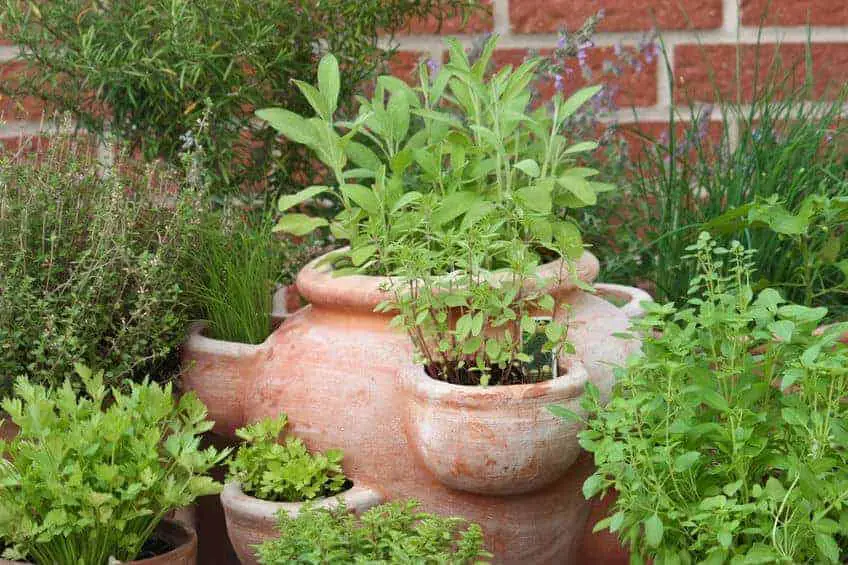
Herbs Don’t Need Much Space
As we mentioned earlier, one of the reasons that herbs are great for containers is that they have small root systems. This means that a single herb plant does not need a lot of space for its roots to spread.
The benefit here is that you can propagate many herbs in a small area, such as a window ledge or kitchen counter. The minimal root systems of herbs also mean that you can plant herbs relatively close to one another.
Drainage is Important
Another important aspect of herb garden containers is drainage. While most herbs enjoy growing in moist soils, they don’t necessarily like soil that is constantly saturated.
To avoid excessive levels of moisture, it is imperative that you select a container that allows water to drain out. Herb garden pots often have a hole in the bottom for this purpose.
As an alternative, you can also consider planting herbs in a fabric grow bag. The material of these bags allows water to permeate out slowly rather than remaining in the soil indefinitely.

Planting and Caring for Herbs in Containers
Now that you have selected your herbs and an ideal herb container, it is time to learn how to plant and care for your herbs.
Find Good Potting Soil
The best soil for growing herbs in containers is high-quality potting soil. There should be many potting soil products available to you at your local garden center. These mixes are fantastic for container gardens, including those in which herbs grow.
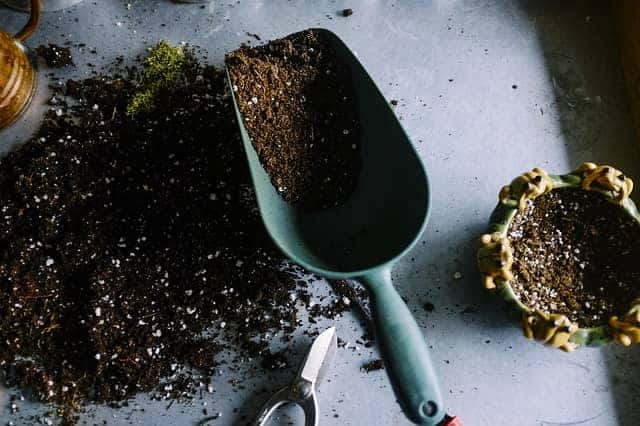
Ensure that you select potting soil rather than garden soil. Many novices assume that there is no difference between these mixes, but that is not the case.
Garden soil is a material that helps to enrich outdoor garden beds. Potting soil, on the other hand, is a specific blend that helps container plants grow to their fullest potential.
Recommended Potting Soil
| Image | Title | Prime | Buy |
|---|---|---|---|
 Top
Top
Top
Top | Miracle-Gro Potting Mix 2 cu. ft. | PrimeEligible | Check Price on Amazon |
 Top
Top
Top
Top | Burpee Premium Organic Potting Mix, 9 quart | PrimeEligible | Check Price on Amazon |
Top Top
Top
Top
Top | FoxFarm Ocean Forest Potting Soil Mix Indoor Outdoor for Garden and Plants | Plant Fertilizer | 12 Quart + THCity Stake | PrimeEligible | Check Price on Amazon |
 | Espoma Organic Potting Soil Mix - All Natural Potting Mix For Indoor & Outdoor Containers For Organic Gardening, 8 qt, Pack of 1 | PrimeEligible | Check Price on Amazon |
 | Miracle-Gro Indoor Potting Mix 6 qt., Grows beautiful Houseplants | PrimeEligible | Check Price on Amazon |
 | House Plant and Tropical Plant Potting Soil - Re-Potting Soil for All Types of Indoor House Plants, House Plant Re-Potting Soil - 8QTs | PrimeEligible | Check Price on Amazon |
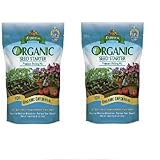 | Espoma 16 qt. Organic Seed Starter Premium Potting Mix (2) | Prime | Check Price on Amazon |
 | Fort Vee Compost-Based Potting Mix, 18 Pounds, Organic Nutrient-Boosted Potting Mix | Prime | Check Price on Amazon |
Provide Plenty of Sunlight
If you are at all familiar with herb gardening, you may know that most of the popular herbs need plenty of sunlight. But how much sun do herbs need to produce a worthwhile harvest?
The answer to that question can vary. But as a guideline, assume that most of the herbs you grow will need between four and six hours of sunlight in a single day. Some herbs will grow best with greater sun exposure, such as six to eight hours per day.
Plant Herb Seeds with Care
Herb seeds are typically small and delicate. As such, you should use a gentle touch when sowing them. Begin the process by wetting the soil in your container. Then you should drop your seeds on the top of the soil.
Finish by covering the seeds with a light layer of soil. For most herbs, a light coating is better and will encourage germination. Seeds that are too deep may fail to develop into full plants.
Water Your Herbs
Herbs tend to have greater water needs than other plants. That means that after planting your seeds, you will need to establish a regular watering schedule.
For indoor herb container gardens, you should try to supply water at least once a week. The same frequency will work for outdoor plants, with some exceptions. Most notably, if there is an ongoing heatwave or drought, you should increase the frequency with which you water your herbs.
For outdoor plants, it is also best to water them in the morning hours. At that time of day, the sun is not as strong and will not cause the water to evaporate immediately from the soil.
You May Also Be Interested In… Russian Sage vs Lavender
Fertilize Your Herbs
Fertilization will help your herbs get the fuel they need to exhibit their most impressive growth. But there are a few guidelines you should follow to ensure that you are applying fertilizer effectively.
First, you should wait about four to six weeks after sowing before you apply fertilizer to your herbs. During that time, the herbs will rely on the nutrients that already exist in the soil.
After the initial six weeks, you can begin adding fertilizer to your container every six weeks for the remainder of the growing season. These repeated fertilizations will help you make sure that your herbs are getting all the essential nutrients that they need.
Recommended Fertilizer
| Image | Title | Prime | Buy |
|---|---|---|---|
 Top
Top | Purived Liquid Fertilizer for Indoor Plants | 20oz Concentrate | Makes 50 Gallons | All-Purpose Liquid Plant Food for Potted Houseplants | All-Natural | Groundwater Safe | Easy to Use | Made in USA | PrimeEligible | Check Price on Amazon |
Top | FoxFarm Liquid Nutrient Trio Soil Formula: Big Bloom, Grow Big, Tiger Bloom (Pack of 3-16 oz Bottles) 1 Pint Each + Twin Canaries Chart | PrimeEligible | Check Price on Amazon |
 Top
Top | Garden Alchemy: 80 Recipes and Concoctions for Organic Fertilizers, Plant Elixirs, Potting Mixes, Pest Deterrents, and More | Prime | Check Price on Amazon |
 Top
Top | Espoma Garden-Tone Plant Food, Natural & Organic Fertilizer for an Abundant Harvest, 4 lb, Pack of 1 | PrimeEligible | Check Price on Amazon |
 | J R Peters 52024 Jacks Classic No.1.5 20-20-20 All Purpose Fertilizer | PrimeEligible | Check Price on Amazon |
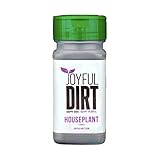 | Joyful Dirt Organic Based Premium Concentrated House Plant Food and Fertilizer. Easy Use Shaker (3 oz) | PrimeEligible | Check Price on Amazon |
 | Indoor Plant Food | All-purpose House Plant Fertilizer | Liquid Common Houseplant Fertilizers for Potted Planting Soil | by Aquatic Arts | PrimeEligible | Check Price on Amazon |
How to Harvest Herbs in Containers
If you complete the steps we have laid out so far, your herbs will eventually become large enough for you to harvest. The final stage in herb gardening is to know when and how to harvest your herbs.
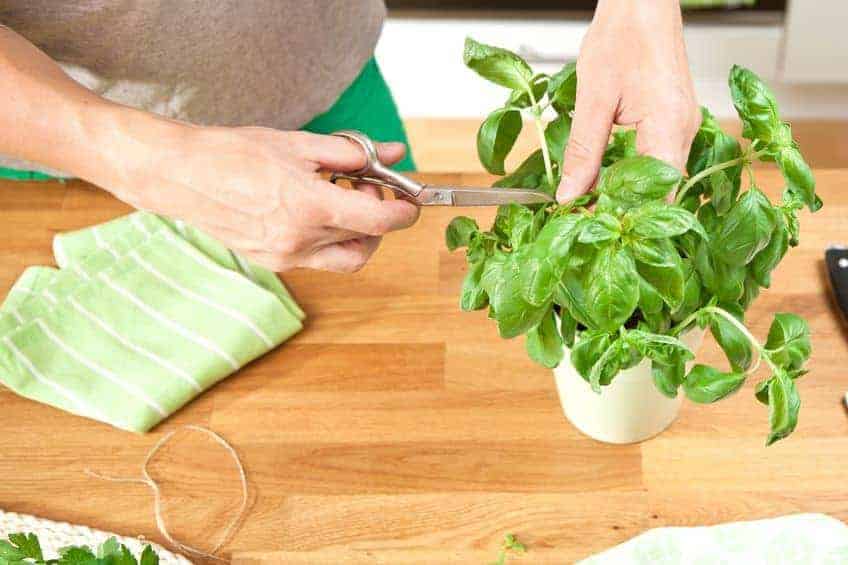
Harvest Often
If you have raised a healthy herb plant, you should consider harvesting often. This process entails snipping off the edible portions of your herb plant.
By repeatedly harvesting throughout the growing season, you are encouraging your herb to produce more edible leaves. Each time you remove a leaf, the herb will respond by growing more. The result is a larger overall harvest for you.
You May Also Be Interested In… A Beginner’s Guide to Growing Stevia
Don’t Remove too Much of the Plant
While you should harvest often, you should do so with moderation. Removing too much of the herb can cause it to die. After all, without leaves, a plant has no capacity to photosynthesize and continue to grow.
Avoid removing more than two-thirds of an herb during any individual harvest. Remaining below that limit will let you enjoy your harvest and keep your herbs alive for future harvests.
Anticipate Flowering
Some herbs will develop flowers as they mature. As an attentive herb gardener, you should be aware of when your herbs will flower and how that will affect the flavor of your herbs.
For certain types of herbs, the emergence of flowers will cause the leaves to take on a bitter flavor. Ideally, you should remove the leaves of those herbs before the flowers emerge.
However, bitterness does not follow flowering for all types of herbs. For some herbs, flowers are an edible component. To know how you should respond to flowering, you need to develop an in-depth understanding of each herb in your garden.
Final Thoughts on Growing Herbs in Containers
Growing herbs in containers is not just a fun gardening project. It can also enhance your culinary ventures as well. The fact that these herbs can live well in containers makes them exceptionally easy to raise. If you want to start your own herb garden, allow this article to serve as your starting point.

John Haryasz is a freelance writer and landscape designer. In the field of landscape architecture, he has contributed to many successful design projects throughout the country. As a writer, John specializes in creating captivating and informative web content. Through that work, he aims to share his design knowledge and promote engagement with the outdoor world.
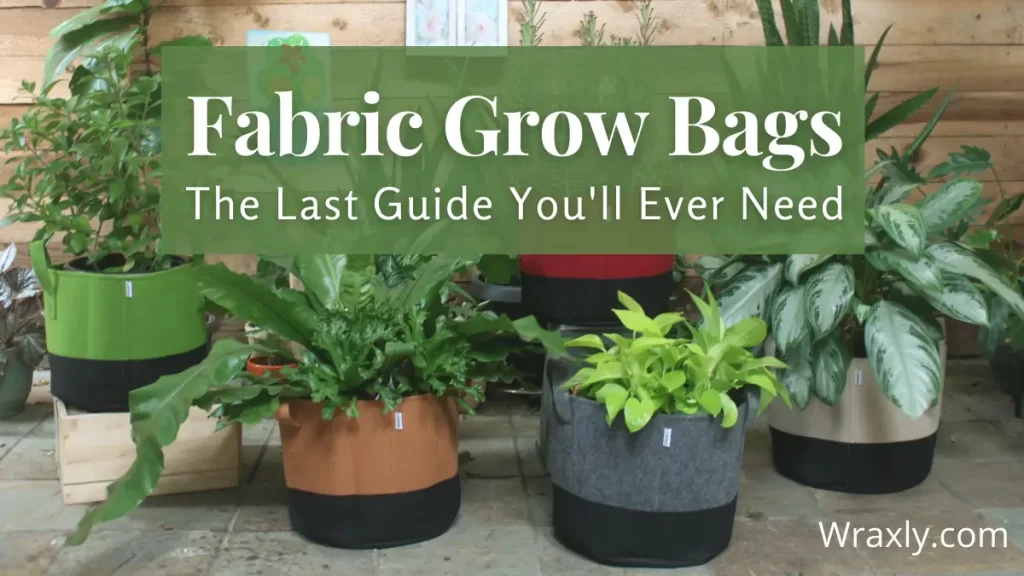
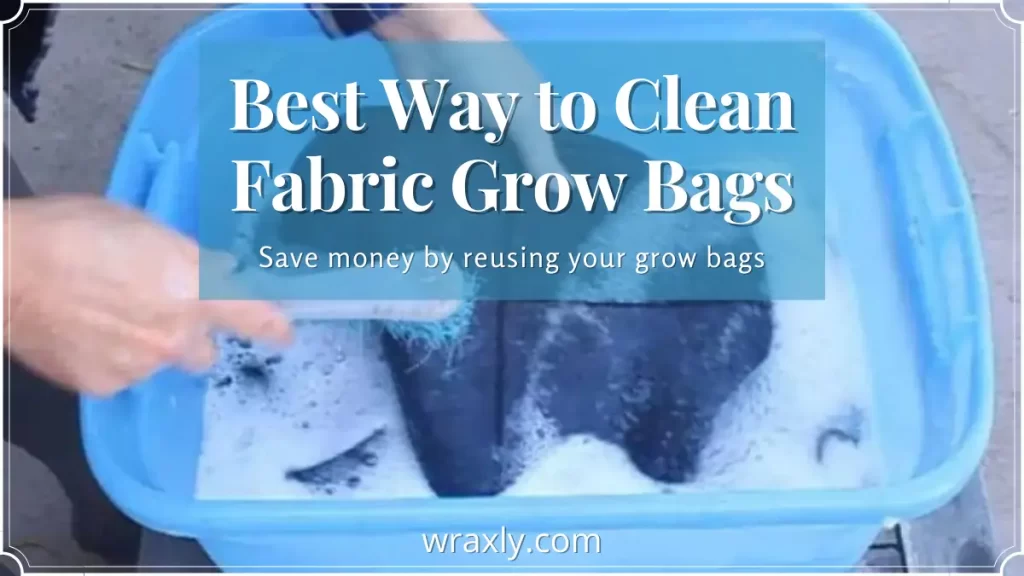
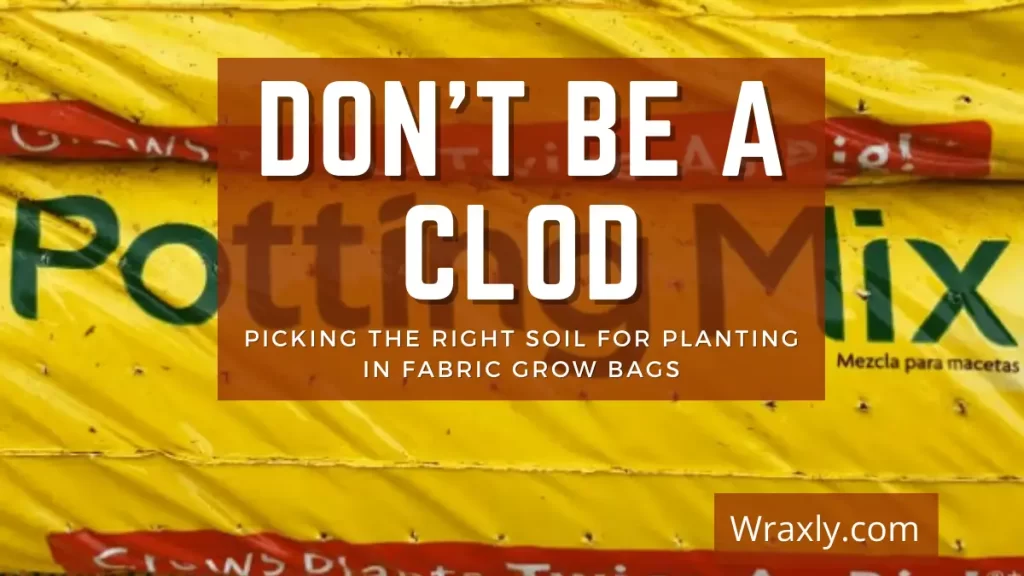
![Container gardening for beginners [Buying guide]](https://wraxly.com/wp-content/uploads/2021/02/Container-gardening-for-beginners-Buying-guide-1200-1024x576.webp)
